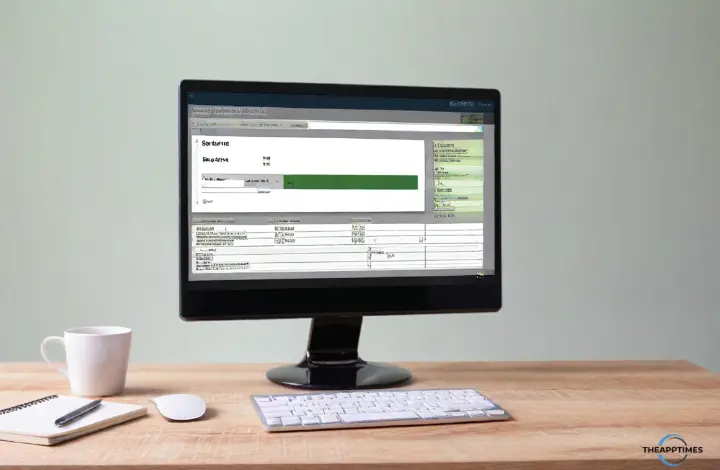Microsoft Excel Copilot has is changing the way we interact with spreadsheets, bringing AI-powered assistance such as data analysis and financial forecasting directly into our everyday workflow. Here are the ten most useful Excel Copilot commands that every Excel user should master to maximize their productivity.
Useful Excel Copilot Commands You Need to Know

1. Data Analysis Made Simple
The command “Analyze this data and show me key insights” is one of the most transformative features of Excel Copilot. When applied to your dataset, it generates comprehensive statistical analysis, identifies trends, and surfaces anomalies that might otherwise go unnoticed. This command adapts to various data types, whether you’re working with sales figures, customer metrics, or scientific data, providing tailored insights.
2. Natural Language Formulas
Using “Write a formula to…” eliminates the need to memorize complex Excel functions. You can describe your desired outcome in natural language, such as “write a formula to find the average sales for each quarter, excluding outliers.” Copilot generates the appropriate formula, including error handling, making it particularly effective for creating complex nested formulas that would typically require multiple attempts.
3. Data Visualization Assistant
The command “Create a chart that shows…” simplifies data visualization. Instead of navigating through Excel’s chart options, you can describe the visualization you want. Copilot intelligently suggests the most suitable chart type based on your data structure and communication goals, such as “create a chart that shows the relationship between marketing spend and revenue over time.”
4. Conditional Formatting Wizard
“Apply conditional formatting to…” simplifies the process of making your spreadsheets With “Apply conditional formatting to…”, you can easily enhance your spreadsheets’ visual appeal. For example, saying “highlight all cells where sales are 20% above the department average in green” allows Copilot to set up the appropriate conditional formatting rules automatically.
5. Data Cleanup Commander
The command “Clean this data by…” is powerful for preparing datasets. It can execute multiple cleanup tasks in one go, such as removing duplicates and standardizing formats. This command saves hours of manual data cleaning and ensures consistency across your dataset.
6. Pivot Table Generator
“Create a pivot table that…” simplifies pivot table creation. You can describe what you want to analyze—like “create a pivot table that shows total sales by region and product category.” Copilot sets up the entire pivot table structure with appropriate calculations and formatting
7. Smart Fill Patterns
Using “Fill the remaining cells based on…” leverages Copilot’s pattern recognition capabilities. This command is useful for completing sequences or generating consistent naming conventions based on existing patterns in your data.
8. Formula Auditing Assistant
The command “Explain this formula and suggest improvements” helps users understand and optimize complex formulas. It breaks down each part of a formula and suggests more efficient alternatives or points out potential errors, providing instant feedback akin to having an Excel expert available.
9. Dynamic Range Creator
“Create a dynamic range for…” automates setting up dynamic named ranges that adjust as your data changes. This is valuable for maintaining robust references in formulas and charts that need to adapt to evolving datasets
10. Report Generator
The command “Generate a summary report of…” creates professional-looking reports from raw data, transforming it into presentation-ready formats complete with headers and executive summaries. This is particularly useful for creating standardized reports that would typically require extensive manual formatting.
Best Practices for Using Excel Copilot Commands
To get the most out of these commands, remember to:
- Be specific in your requests
- Start with broader commands and then refine as needed
- Review and validate Copilot’s output, especially for critical calculations
- Use natural language and don’t worry about exact command syntax
Conclusion
As Excel Copilot continues to evolve, these commands will likely become even more powerful and versatile. The key to mastering Excel in the AI age isn’t just knowing the traditional functions and features, but understanding how to effectively communicate your needs to Copilot using these commands.
Remember that while Copilot is incredibly powerful, it’s designed to augment rather than replace your expertise. The most effective users will be those who can combine their understanding of data analysis principles with Copilot’s capabilities to create more insightful and efficient spreadsheet solutions.
Leave a Reply